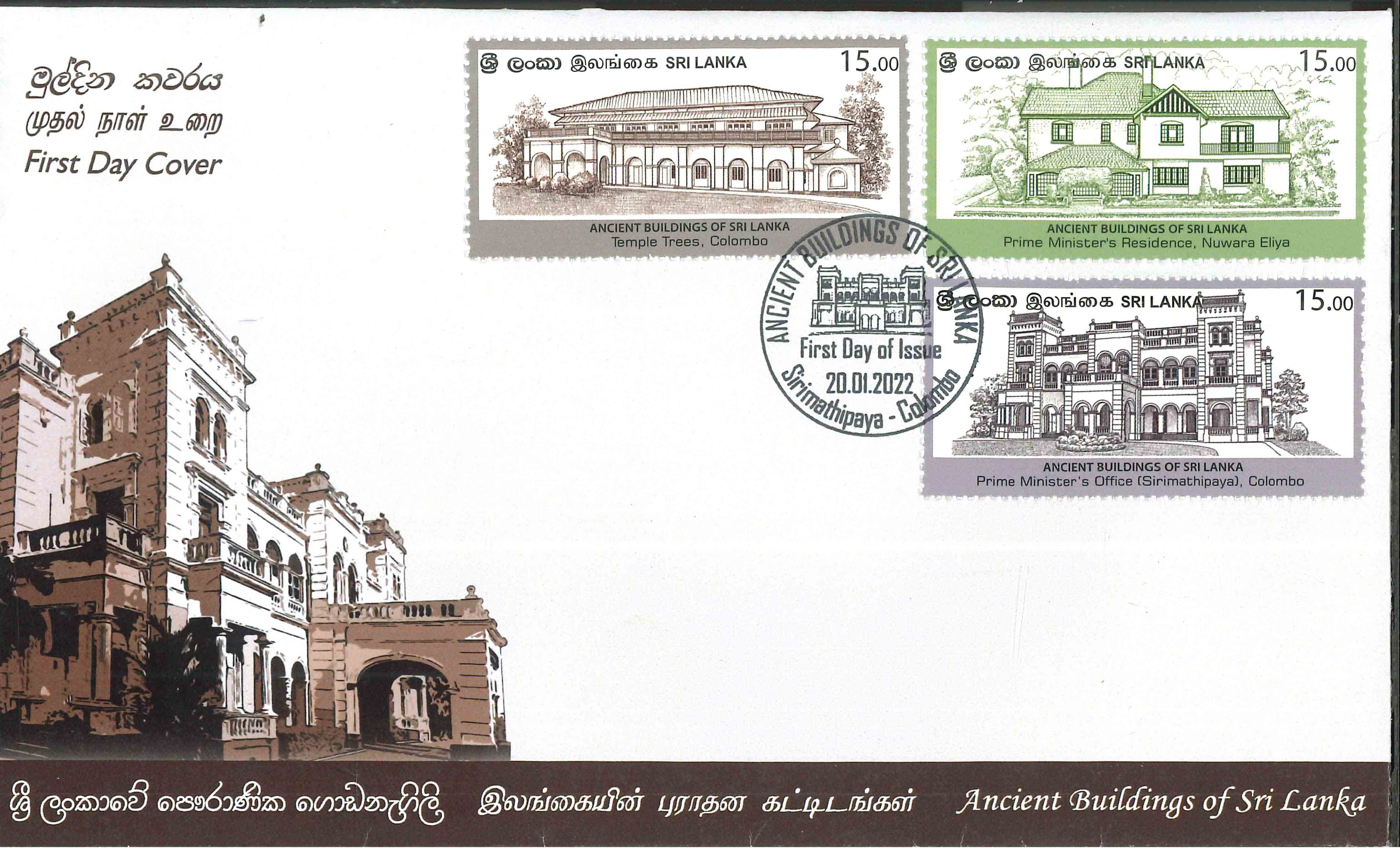This mansion was built in 1916 by Mr. Albert Emmanuel de Silva, a wealthy entrepreneur who lived in Sri Lanka in the early twentieth century, for his only son Albert Ernest de Silva.
Mr. Albert Emmanuel de Silva submitted his application to the Colombo Municipal Council on 18th August 1914 to obtain approval for the construction of this mansion and after the completion of the construction work, Mayor of Colombo, Mr. Robert Levis Woller Byrde has issued the certificate of conformity for the use of this house on 20th October 1916. Named as 'Sirimathipaya', the original assessment number of this house is mentioned as 9C and currently it is given the assessment number 58 of Sir Ernest de Silva Mawatha, Colombo 07.
In 1960, Mrs. Ernest de Silva conveyed this mansion to the Government of Ceylon. The area of the original building is 19,669 square feet. 'Sirimathipaya', a three-storied mansion, is enriched with the architectural designs popular in Europe at that time, as well as with local and foreign wood carvings. Similar to the house, the front garden, which is surrounded by vegetation, is also designed with a symmetrical design unique to the elite houses of the time.
A lot of architectural features such as doors decorated with fine and exquisite wood carvings, tall and wide arches, large veranda and living room, mouldings on square pillars etc. have helped to enhance the majesty of the mansion. The ceiling is decorated with wood carvings and the ceiling beams are widely spaced. The floor of the veranda, living room, and sitting room is covered with imported ceramic tiles. The staircase is made of polished wood with exquisite wood carvings. For most woodwork in the building Burma Teak imported from Myanmar were used.
Documentary of Sirimathipaya
Sirimathipaya Mansion, Temple Trees, and Prime Minister's Official Residence, NuwaraEliya Commemorative Stamp

The 'Sirimathipaya' is beautified by the ceiling fans with wooden wings and the wooden lamp hanging above the staircase. There is a large room on the upper floor of 'Sirimathipaya' with beautiful carved wooden panels and the space above the wooden panels on the walls of the room is now decorated with paintings from the 1980s. Small staircases are placed on both sides of the second floor to reach the third floor of the mansion. A section of the ground floor has a wooden floor and the relatively small basement in that section is presumably used for storage as well as to prevent rising damp.
On 29th May 1961, the Ministry of Education and Broadcasting was established in Sirimathipaya. From then until the year 1977, 'Sirimatipaya' was home to several government institutions including the Department of Educational Publications, and Ministry of Local Government. Hon. R. Premadasa, who was appointed as the Minister of Local Government, Housing and Construction, in 1977 also used 'Sirimathipaya' as his ministry office.
In 1978, after Hon. R. Premadasa became the Prime Minister, he used the 'Sirimathipaya' premises as the Prime Minister's office for the first time. ‘Sirimathipaya’ which has provided room for government offices from 1961, was used as the Prime Minister's Office by various Prime Ministers of Sri Lanka since February 1978.
The 'Sirimathipaya' mansion of immense antique value is used even today by the Government of Sri Lanka with minimal changes done both externally and internally for nearly six decades.



